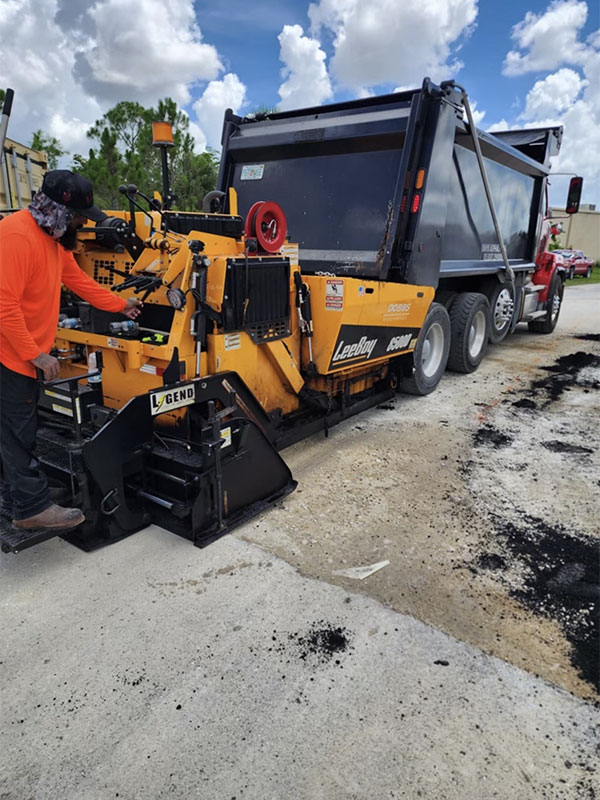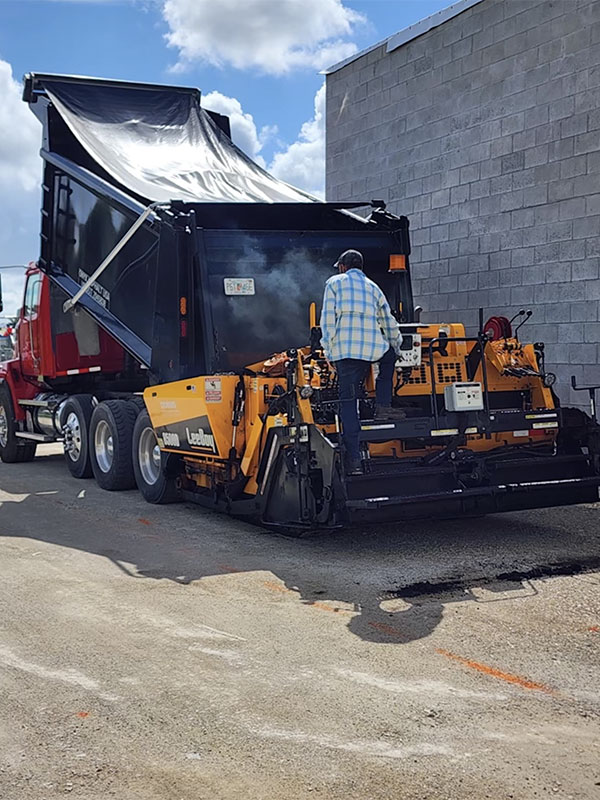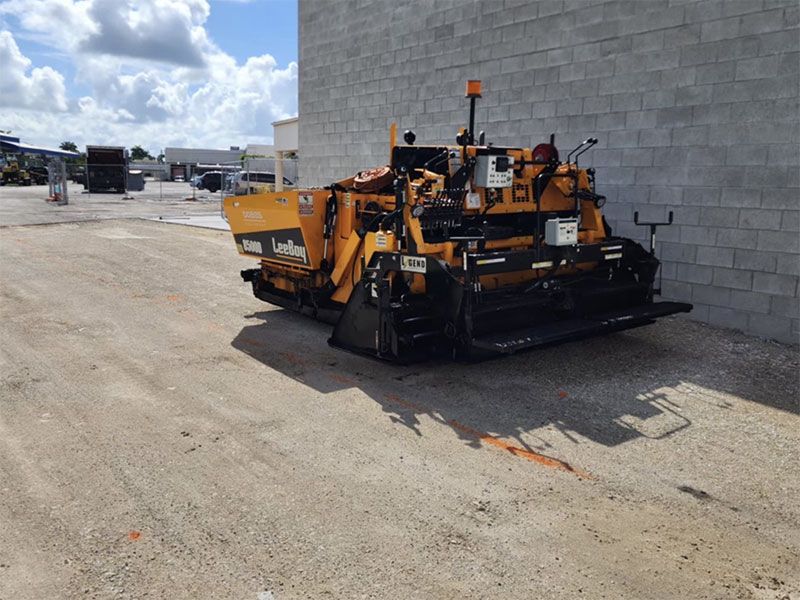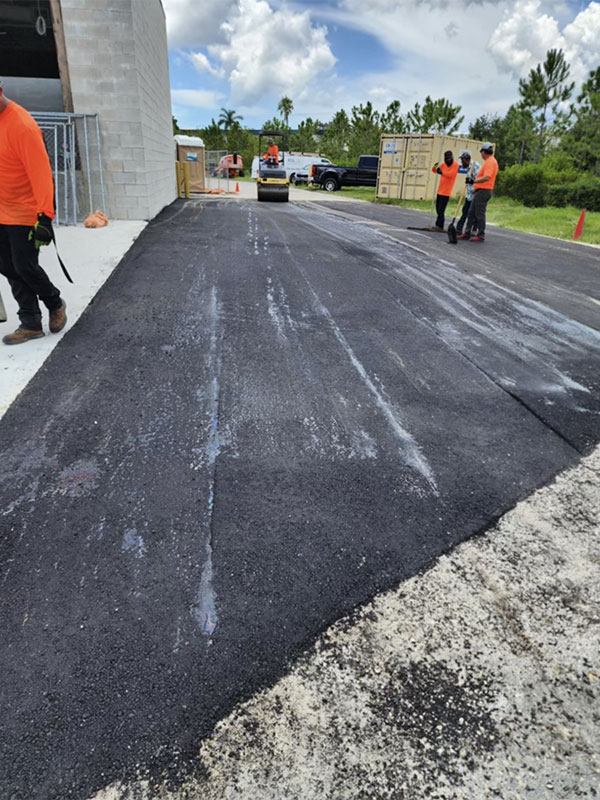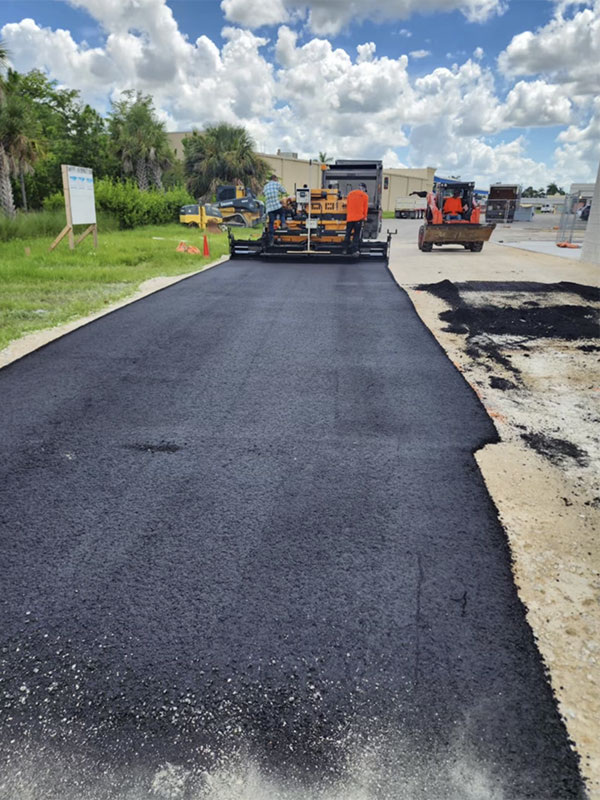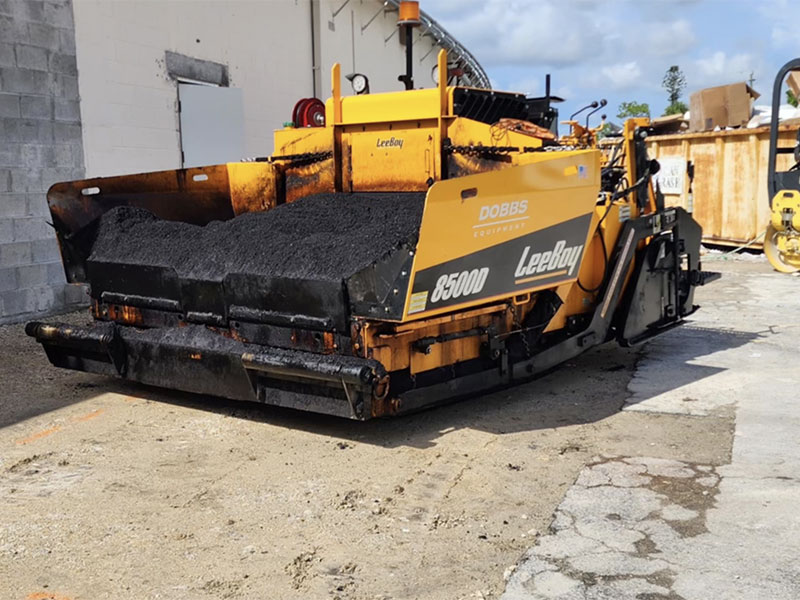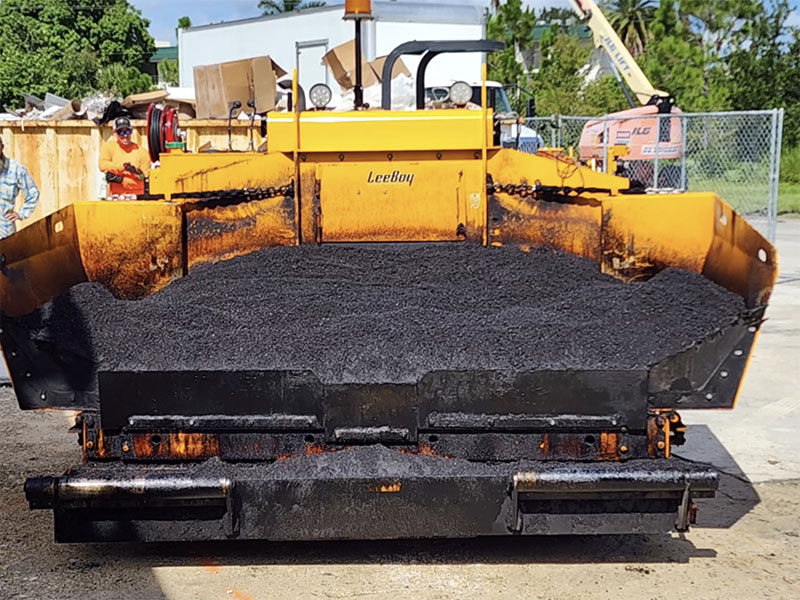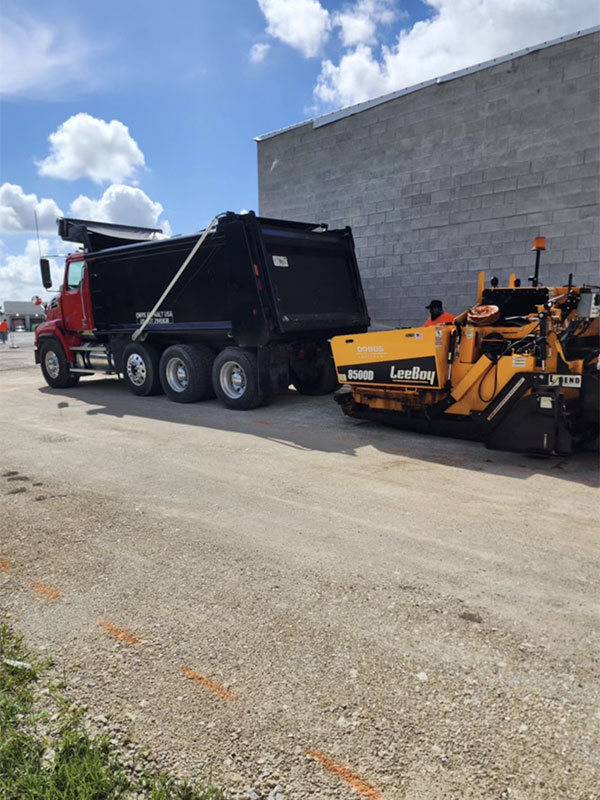Paving
Get a Quote For Your Project
Site Assessment and Planning:
Before any paving can begin, a comprehensive assessment of the site is necessary. This includes evaluating the soil type, drainage patterns, and existing vegetation. Understanding these factors helps in designing a paving solution that addresses the specific challenges of the site, such as potential flooding or soil instability.
Land Clearing and Grading:
Clearing the land is the first physical step, involving the removal of vegetation, debris, and any existing structures. This is followed by grading, which is crucial to set the proper foundation for paving. The land must be graded to ensure adequate drainage and to conform to the desired contours and elevations of the final project.
Subgrade Preparation:
The subgrade is the native soil underneath a pavement, and its preparation is key to the success of the paving project. In Southwest Florida, where the soil can often be sandy or have high moisture content, stabilizing the subgrade is essential. This might involve compacting the soil and adding layers of gravel or crushed stone to improve stability and drainage.
Base Layer Installation:
Over the prepared subgrade, a base layer is installed. This layer typically consists of crushed stone or aggregate material, providing a sturdy foundation for the asphalt or concrete topping. Proper installation and compaction of the base layer are critical to prevent future settling or cracking of the pavement.
Paving Material Selection:
Common paving materials in Southwest Florida include asphalt and concrete. The choice depends on several factors including traffic load, maintenance expectations, environmental considerations, and budget. Asphalt is often preferred for its cost-effectiveness and quick installation, while concrete is valued for its longevity and low maintenance.
Paving Process:
For asphalt paving, the process includes laying the hot asphalt mix and compacting it while it’s still warm. For concrete, the process involves pouring concrete into forms, spreading it, and then leveling and finishing the surface before it cures.
Drainage Considerations:
Effective drainage is essential to prevent water accumulation on the paved surface, which can lead to damage and deterioration over time. This may involve installing curbs, gutters, and storm drains, as well as designing the pavement grade to direct water to appropriate drainage areas.
Environmental Compliance:
Due to the proximity of sensitive ecosystems in Southwest Florida, paving projects must comply with environmental regulations designed to protect these areas. This can include measures to control runoff and prevent contamination of nearby water bodies.
Maintenance and Upkeep:
Regular maintenance is required to extend the life of the pavement. This includes sealing cracks, resealing surfaces, and cleaning drainage systems to keep them functioning properly.
Paving in Southwest Florida is a complex process that requires attention to technical and environmental details. Proper site preparation, including thorough land clearing and meticulous grading, sets the stage for a successful paving project that meets functional needs while adhering to environmental standards.
- Paving
